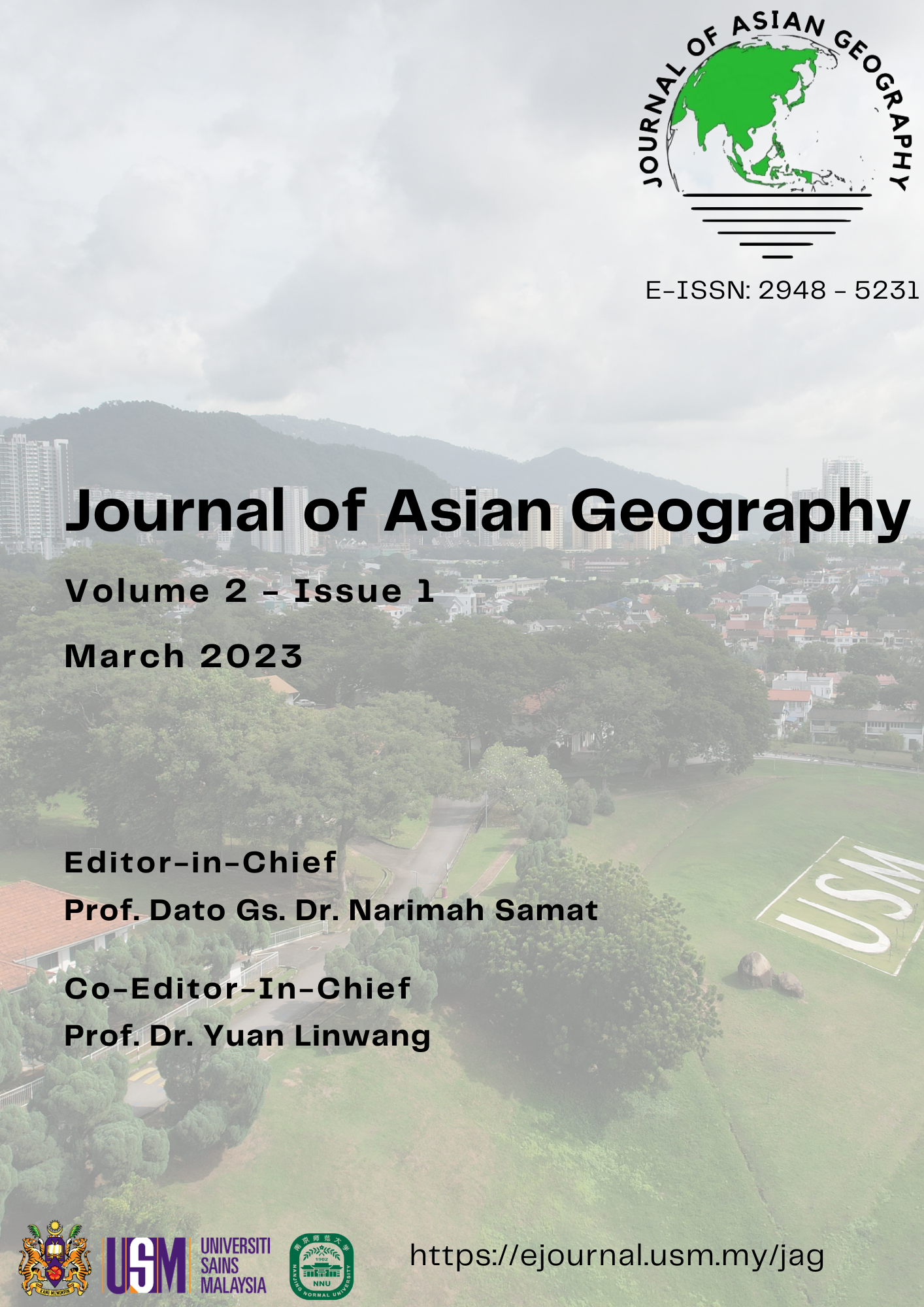Landslide Risk Evaluation in Typical Karst Mountainous Areas: A Case on the Western Hubei Area, China
Abstract
The challenging geological conditions in hilly mountainous areas, combined with intensive human engineering activities, have led to a high frequency of landslide disasters. This is particularly true in karst mountainous areas where the geology is complex and characterized by distinct karst phenomena influenced by stratigraphy and severe terrain cutting. Therefore, it is crucial to initiate the evaluation of landslide risk in typical karst mountainous areas and establish a sound evaluation system. In this study, the landslide risk in the Jianshi County was evaluated using the Information value method with the county as the evaluation scale , and the eight categories of elevation, slope, aspect, distance from road, distance from river, distance from structure, vegetation cover and engineering rock group are established as the main causative factors to evaluate the landslide susceptibility, and the two categories of land use and rainfall as the main predisposing factors to evaluate the landslide hazard. Meanwhile, the study highlights the important finding that in typical karst areas, high susceptibility areas and high vulnerability areas tend to overlap, resulting in a concentration of high-risk landslide areas. The evaluation factors identified in this study can serve as typical factors for evaluating landslide risk in similar karst mountainous areas. Furthermore, the risk distribution characteristics observed in this study can guide landslide risk assessments in other comparable regions. These insights can aid in the development of effective landslide risk management strategies in karst mountainous areas.
Downloads
Published
Issue
Section
License
Copyright (c) 2023 Journal of Asian Geography

This work is licensed under a Creative Commons Attribution 4.0 International License.


